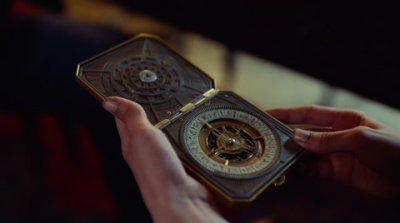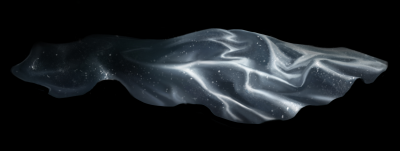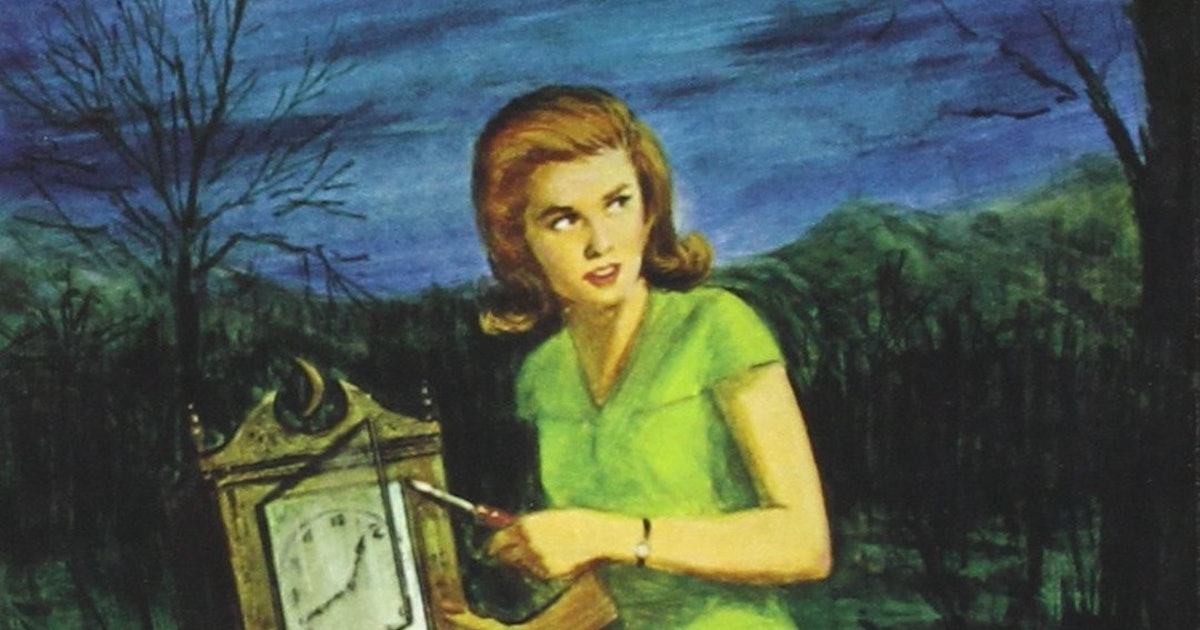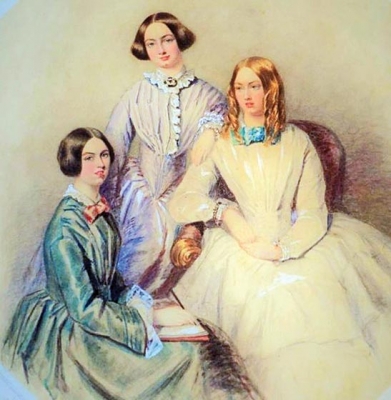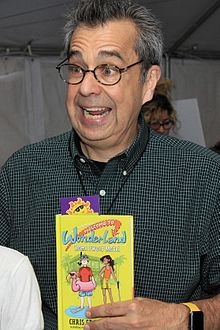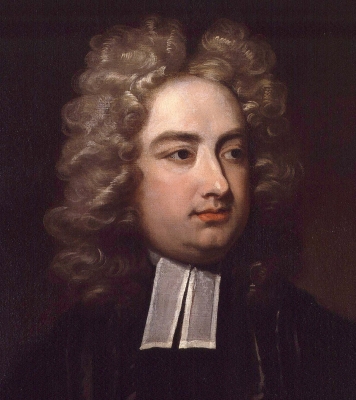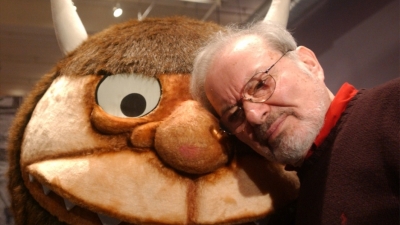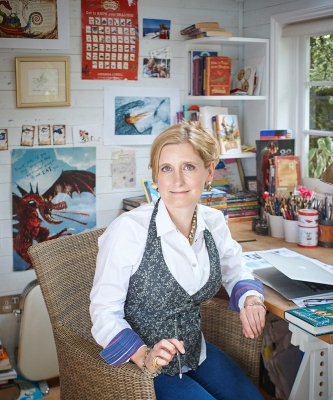A magical nanny uses which object to fly to the rescue of the Banks family?
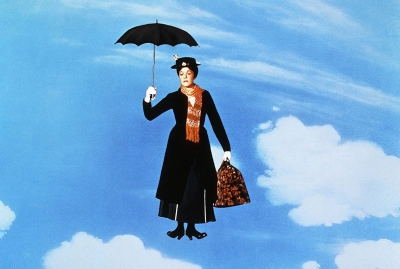
Mary Poppins is a magical nanny who sweeps into the Banks home on Cherry Tree Lane and takes charge of the Banks children. She never acknowledges her strange and magical powers, and feigns insult when one of the children refers to her previous adventures. She first arrives to them when she is blown to Cherry Tree Lane by the East Wind. At the end of the first book she opens up her umbrella to the West Wind and lets it lift her up into the air and away from the children. In the 1964 Disney film of the same name, she is portrayed by Julie Andrews; in the 2018 sequel Mary Poppins Returns, she is portrayed by Emily Blunt; in the 2004 BBC Radio 4 drama, she is played by Juliet Stevenson.
The first book introduces the Banks family from Number Seventeen Cherry Tree Lane, London, consisting of Mr. and Mrs. Banks, their children Jane and Michael, and baby twins John and Barbara. When the children's nanny, Katie Nanna, storms out in a huff, Mary Poppins arrives at their home, complete with her travelling carpet bag, blown in by a very strong East wind. She accepts the job (agreeing to stay "till the wind changes"), and the children soon learn that their nanny, though stern, vain and usually cross, has a magical touch that makes her wonderful. Among the things Jane and Michael experience are a tea party on a ceiling with Mr. Wigg, a trip around the world with a compass, the purchase of gingerbread stars from the extremely old Mrs. Corry, a meeting with the Bird Woman, a birthday party at the zoo among the animals, and a Christmas shopping trip with a star named Maia from the Pleiades cluster in the constellation Taurus. In the end, in what is perhaps the most iconic image associated with Mary Poppins, she opens her umbrella and the West wind carries her away.
Picture Credit : Google


